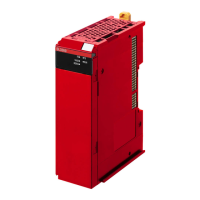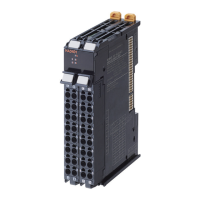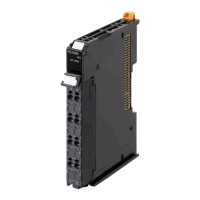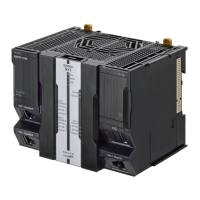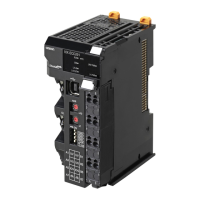6 - 27
6 System Configuration and Setup
NX-series Safety Control Unit User’s Manual (Z930)
6-7 Exposing Variables to Standard Controllers
6
6-7-5 I/O Refreshing Method
This section describes the I/O refreshing method of the Safety Control Units.
I/O Refreshing Method
Only Free-Run refreshing can be used for Safety Control Units. With Free-Run refreshing, the
refresh cycle of the NX bus and the I/O refresh cycle of the NX Units operate asynchronously. The
Safety CPU Unit reads inputs and refreshes outputs according to the safety task period.
6-7-5 I/O Refreshing Method
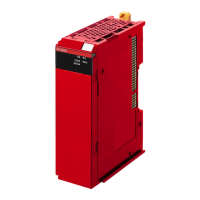
